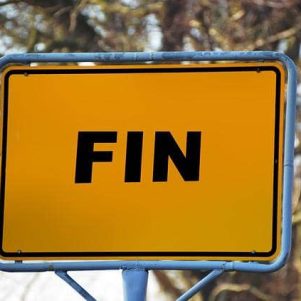Insolvencies in Spain are still on the rise. According to the latest report from the Spanish National Statistics Institute[1], insolvencies reached a seven-year high in 2012. While 6,197 debtors filed for insolvency in 2009, 8,726 debtors went into insolvency in 2012. Even compared to 2011 (6,863 insolvencies), these numbers mark an increase of more than 21 per cent in insolvencies.
Several reasons lay behind these numbers. The current financial and economic crisis, which has impacted in a particularly severe manner the banking financing channel (the major external source of finance for small and medium-sized enterprises in Spain) has probably been a major catalyst.
Also, the latest reform that has been made to Law 22/2003 of July 9th (the Insolvency Law) introduced by Law 38/2011, of October 10th (the Amendment), which took effect on 1 January 2012 entailed a broad reform of the Insolvency Law to update it, correct its defects and fill in some gaps, thus simplifying insolvency proceedings.
The practical experience of the mercantile courts provides us with evidence that most of the insolvency proceedings end up in liquidation. To speed up and improve insolvency proceedings and the liquidation phase, the Amendment introduced an important advance within the insolvency proceedings: the so-called (by Spanish doctrine) express insolvency (concurso exprés).
This mechanism is established in Article 176 bis 4 of the Insolvency Law, authorising the judge, in case of debtors in insolvency who lack sufficient assets and rights to satisfy creditors, not only to declare the insolvency but also to conclude the insolvency proceedings due to non-existence of assets.
For an express insolvency scenario, the Law requires the judge to appreciate that the insolvency estate will presumably not be sufficient to satisfy creditors. Likewise, among others, neither claw-back nor third-party liability actions may be foreseen, circumstances which require the judge to assess such conditions solely from the information provided by the debtor in its insolvency petition.
The relevant court ruling declaring the insolvency of the legal entity for the non-existence of assets will at the same time agree to its extinction and cancellation of the legal entity’s registration.
The above gives rise to certain legal questions within the insolvency arena: should an express insolvency be declared also in cases where the insolvency estate is scarce, but certain assets still subsist? May creditors initiate individual enforcements against an extinct legal entity? Or, what should be done with unsatisfied liabilities?
This issue has an enormous practical significance leading to contrary solutions by Spanish mercantile courts. Thus, some courts (well aware of the difficulties triggered by such resolutions) have adopted a restrictive application of this mechanism due to the absence of reliability over the equity situation resulting from the debtor’s insolvency petition. However, other courts have opted for a rather functional interpretation, considering express insolvency appropriate when the insolvency estate is insignificant.
In any case, the express insolvency mechanism favours debtors (cutting of costs), mercantile courts (reducing workload) and creditors (avoiding false satisfaction expectations), whereby an ongoing high level of insolvencies is to be expected, as more and more debtors take advantage of the short-cut to the entity’s death certificate provided by the express insolvency.
Moritz Mentzel & Alberto Álvarez Marín
For additional information regarding insolvencies in Spain
[1] Instituto Nacional de Estadística: Estadística del Procedimiento Concursal (EPC), Cuarto trimestre de 2012. Published on 6 February 2013.





